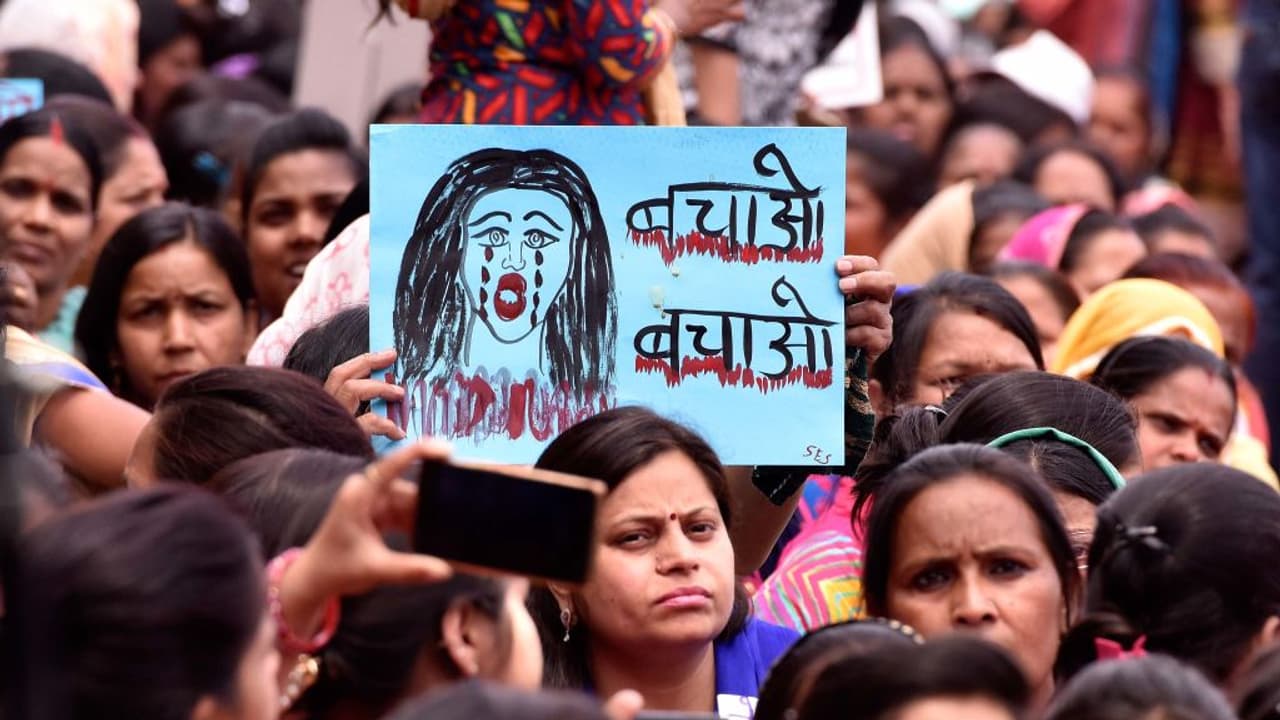A new WHO report says nearly 30 per cent of Indian women have faced intimate partner violence in their lifetime. Over a fifth of women aged 15-49 experienced such violence in 2023. Globally, one in 3 women have suffered partner or sexual violence.
A new World Health Organisation (WHO) report has revealed worrying levels of violence against women in India and around the world. The report says that nearly 30 per cent of Indian women have faced intimate partner violence at least once in their lives, showing that the problem remains widespread and deeply rooted in homes, relationships and society.
High levels of intimate partner violence in India
According to the WHO report, more than a fifth of women in India aged 15 to 49 experienced intimate partner violence in 2023 alone. Over their entire lifetimes, nearly 30 per cent of Indian women have been subjected to physical, sexual, or emotional violence by a partner or spouse.
The findings place India in a troubling global pattern where violence against women remains a major and continuing public health problem.
Global situation shows little improvement
Worldwide, nearly one in three women, around 840 million, have faced intimate partner or sexual violence during their lifetime. The WHO’s review shows that these high numbers have barely changed since the year 2000.
Despite years of campaigns and new laws in many countries, the report warns that progress has been ‘far too slow’. The organisation says that the goal of ending all forms of violence against women and girls by 2030, a key part of the Sustainable Development Goals, now looks extremely difficult to achieve.
Non-partner sexual violence also a major concern
The report also highlights violence committed by people other than intimate partners. Globally, around 8.4 per cent of women aged 15 to 49 have faced sexual violence by a non-partner.
In India, the estimated figure is about four per cent for women aged 15 and above. Though lower than the global average, the number still represents a large population facing serious harm.
WHO chief: ‘One of humanity’s oldest injustices’
WHO Director-General Dr Tedros Adhanom Ghebreyesus said the overall picture is extremely disturbing. Speaking about the findings, as quoted by news agency Press Trust of India, he said:
“Violence against women is one of humanity’s oldest and most pervasive injustices, yet still one of the least acted upon.”
He added that no society can call itself safe or healthy when half of its population lives in fear. He emphasised that behind every number in the report is a woman or girl whose life has been changed forever.
Dr Tedros also said that empowering women and girls is ‘not optional’ but a ‘prerequisite for peace, development and health’, adding that a safer world for women improves life for everyone.
Violence remains widespread across all regions
The authors of the report said the findings show clearly that violence against women continues to affect every country and region. The issue is not limited to poorer countries or specific cultures. Instead, it is a universal problem that requires urgent global action.
The report was released ahead of the International Day for the Elimination of Violence Against Women and Girls, which is observed on 25 November every year.
Findings based on 168 countries and decades of data
The report is based on data collected from 168 countries and territories. It reviewed surveys and studies carried out between 2000 and 2023. It also updates the estimates from the 2018 review released in 2021.
This extensive dataset makes it one of the most detailed and comprehensive collections of information on violence against women worldwide.
Funding for prevention efforts is falling
Shockingly, the report notes that funding to prevent violence against women is shrinking instead of growing. At a time when humanitarian crises, conflicts and climate disasters are increasing risks for women, the money available to protect them is going down.
In 2022, only 0.2 per cent of global development aid was used for programmes aimed at preventing violence against women. According to the report, funding has fallen even further in 2025.
The authors warn that without strong investment, governments will not be able to make meaningful progress.
Urgent call for stronger government action
The WHO and the report’s authors urged all countries to accelerate their efforts and take strong, coordinated steps to protect women and girls. They made several recommendations, including:
- Expanding proven prevention programmes that reduce partner violence
- Strengthening health, legal and social support services for survivors
- Improving data systems to track local conditions and identify high-risk groups
- Enforcing laws and policies that give women equal rights and protection
The authors stressed that ending violence against women requires long-term commitment and proper funding.
The WHO report paints a clear picture: violence against women remains one of the world’s biggest and most persistent crises. For women in India and across the globe, meaningful change will depend on strong leadership, better protection, and the willingness of societies to treat women with dignity, safety and equality.
